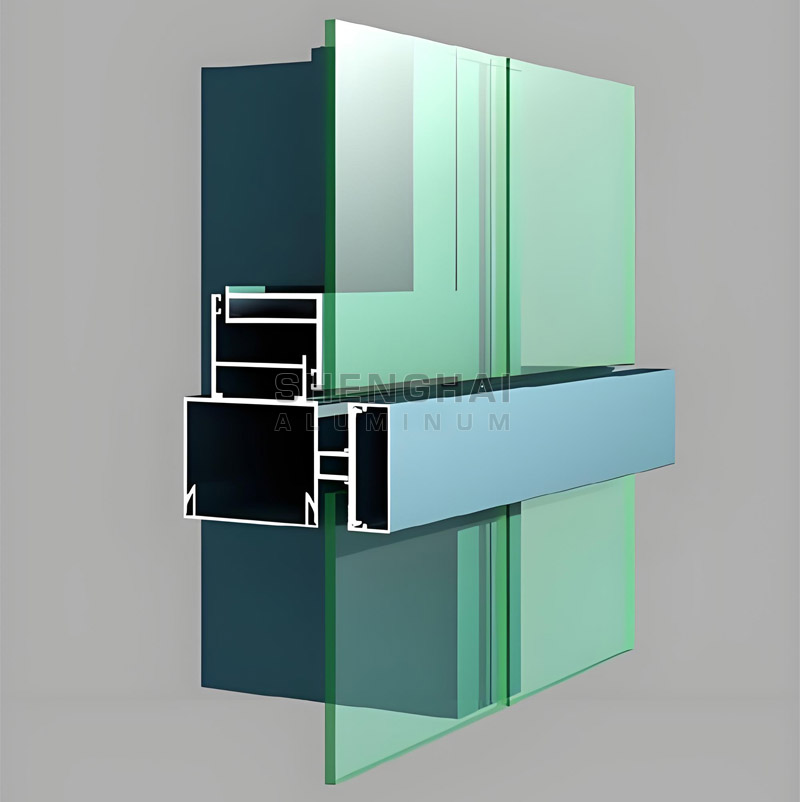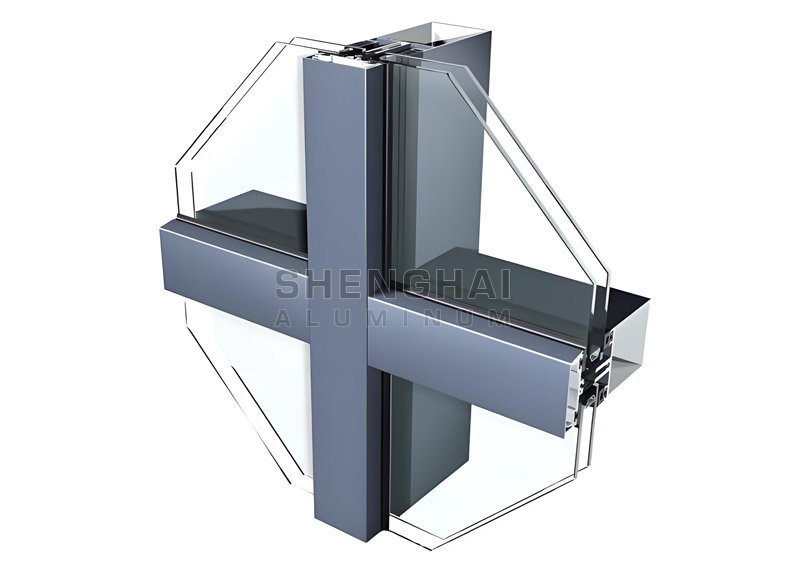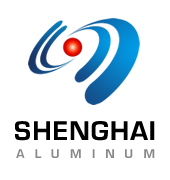Application advantages and characteristics of aluminum in extrusion molding process
Due to its excellent mechanical properties, aluminum has become the preferred material for the extrusion molding process. Compared with ordinary steel, aluminum has the following significant advantages: First, its high ductility allows the metal to be easily formed into various cross-sectional shapes with low processing energy consumption; second, the melting point of aluminum is about half that of ordinary steel, which further reduces the energy consumption of the extrusion process, thereby significantly reducing mold and manufacturing costs.

Industrial application value and surface treatment:
Aluminum has an excellent strength-to-weight ratio and is ideal for industrial applications. Fine surface lines may be produced during the extrusion process, which is a normal phenomenon formed by auxiliary tools. Secondary processing processes such as end milling can be used to obtain a better surface finish. These treatments are particularly suitable for occasions that require precise matching or strict dimensional control.
Aluminum profile brand and state analysis:
In common aluminum profile identification (such as 6063-T5/T6 or 6061-T4), the number represents the brand, and the alphanumeric combination represents the state:
Comparison of brand characteristics:
6061 aluminum profile:
Better strength and cutting performance
Excellent toughness, weldability and corrosion resistance
6063 aluminum profile:
Better plastic deformation ability
Higher dimensional accuracy
Excellent tensile/yield strength
Excellent fracture toughness
High-temperature resistance, wear resistance and corrosion resistance

State Description:
T4 state: solution treatment + natural aging
No aging after cooling treatment
Low hardness, good deformability
Suitable for subsequent bending and other deformation processing
T5 state: solution treatment + incomplete artificial aging
Aging at 200℃ for 2-3 hours after air-cooled quenching
High hardness, maintains a certain degree of deformability
The most widely used in aluminum curtain walls
T6 state: solution treatment + complete artificial aging
High temperature and long time aging after water-cooled quenching Effective
Highest hardness state
Suitable for occasions with high hardness requirements
Analysis of mechanical properties of materials:
Yield strength:
Critical stress value at which the material begins to undergo plastic deformation
For materials without obvious yield points, use the stress value corresponding to 0.2% residual deformation
Exceeding this limit will cause permanent failure of the part
Tensile strength:
The ability of the material to resist maximum uniform plastic deformation
The maximum stress value reached after yield strengthening
Eventually, this leads to necking and fracture
Webster hardness:
Measured using a standard indenter
The hardness value is inversely proportional to the indentation depth
1 hardness unit = 0.01mm indentation depth
Plastic deformation:
Irreversible, permanent deformation
Occurs after exceeding the elastic deformation range
Residual deformation is retained after unloading
Optimization instructions:
Reorganize content logic and establish a clear hierarchical structure
Unify professional terminology expressions
Add subheadings to improve readability
Simplify repeated expressions
Standardize the description of technical parameters
Maintain professionalism while improving reading fluency

